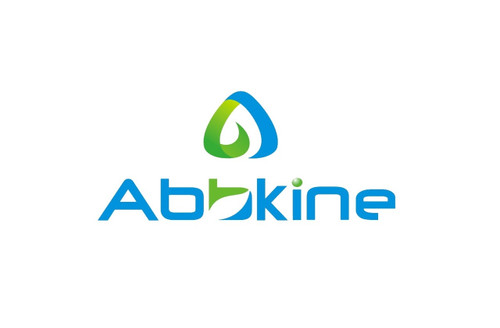Product Description
Human Transmembrane and immunoglobulin domain-containing protein 2 (TMIGD2) ELISA Kit | AE14158HU | Abebio
Species Reactivity: Human (Homo sapiens)
Abbreviation: TMIGD2
Alternative Name: MGC23244;
Application: ELISA
Range: Request Information
Sensitivity: Request Information
Intra-Assay: ≤5.7%
Inter-Assay: ≤9.8%
Recovery: 0, 98
Sample Type: Serum, Plasma, Other biological fluids
Detection Method: Sandwich
Analysis Method : Quantitive
Test Principale: This assay employs a two-site sandwich ELISA to quantitate TMIGD2 in samples. An antibody specific for TMIGD2 has been pre-coated onto a microplate. Standards and samples are pipetted into the wells and anyTMIGD2 present is bound by the immobilized antibody. After removing any unbound substances, a biotin-conjugated antibody specific for TMIGD2 is added to the wells. After washing, Streptavidin conjugated Horseradish Peroxidase (HRP) is added to the wells. Following a wash to remove any unbound avidin-enzyme reagent, a substrate solution is added to the wells and color develops in proportion to the amount of TMIGD2 bound in the initial step. The color development is stopped and the intensity of the color is measured.
Product Overview: TMIGD2 Contains 1 Ig-like (immunoglobulin-like) domain.Immunoglobulin-like domains that are related in both sequence and structure can be found in several diverse protein families. Ig-like domains are involved in a variety of functions, including cell-cell recognition, cell-surface receptors, muscle structure and the immune system.This entry is for immunoglobulin-like domains. Studies indicate that the interactions essential for defining the structure of these beta sandwich proteins are also important in nucleation of folding, and that proteins containing this fold may share similar folding pathways even though the proteins may have low sequence homology. The fold consists of a beta-sandwich formed of 7 strands in 2 sheets with a Greek-key topology. Some members of the fold have additional strands.
Stability: The stability of ELISA kit is determined by the loss rate of activity. The loss rate of this kit is less than 5% within the expiration date under appropriate storage condition. The loss rate was determined by accelerated thermal degradation test. Keep the kit at 37°C for 4 and 7 days, and compare O.D.values of the kit kept at 37°C with that of at recommended temperature. (referring from China Biological Products Standard, which was calculated by the Arrhenius equation. For ELISA kit, 4 days storage at 37°C can be considered as 6 months at 2 - 8°C, which means 7 days at 37°C equaling 12 months at 2 - 8°C) .
 Euro
Euro
 USD
USD
 British Pound
British Pound
 NULL
NULL












